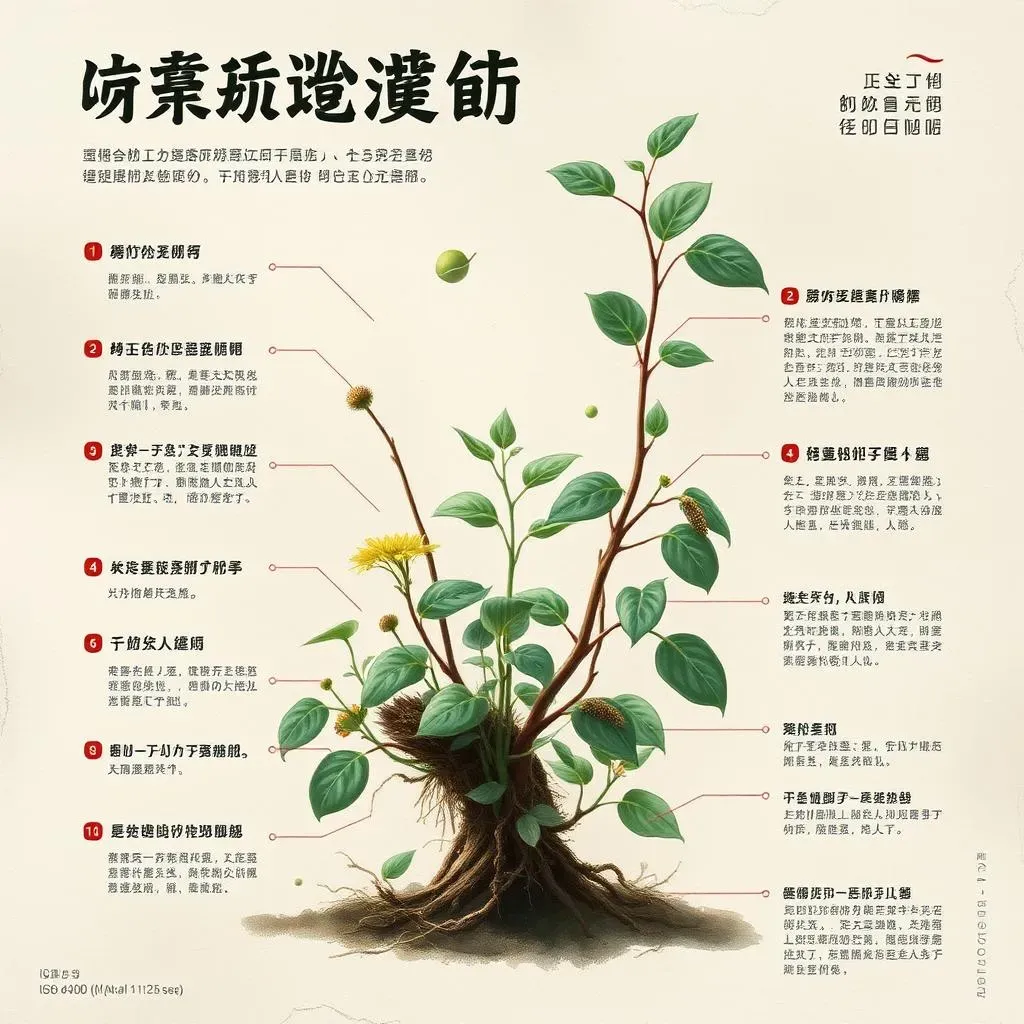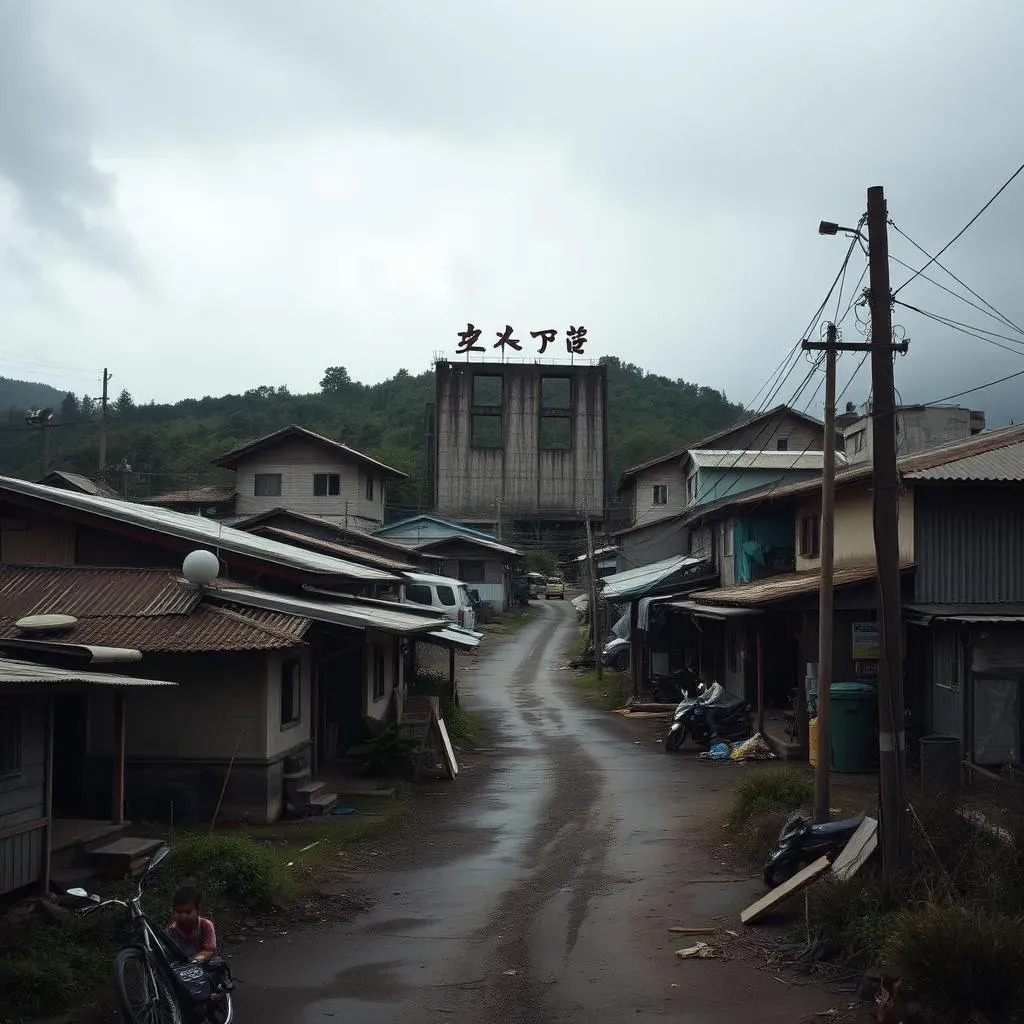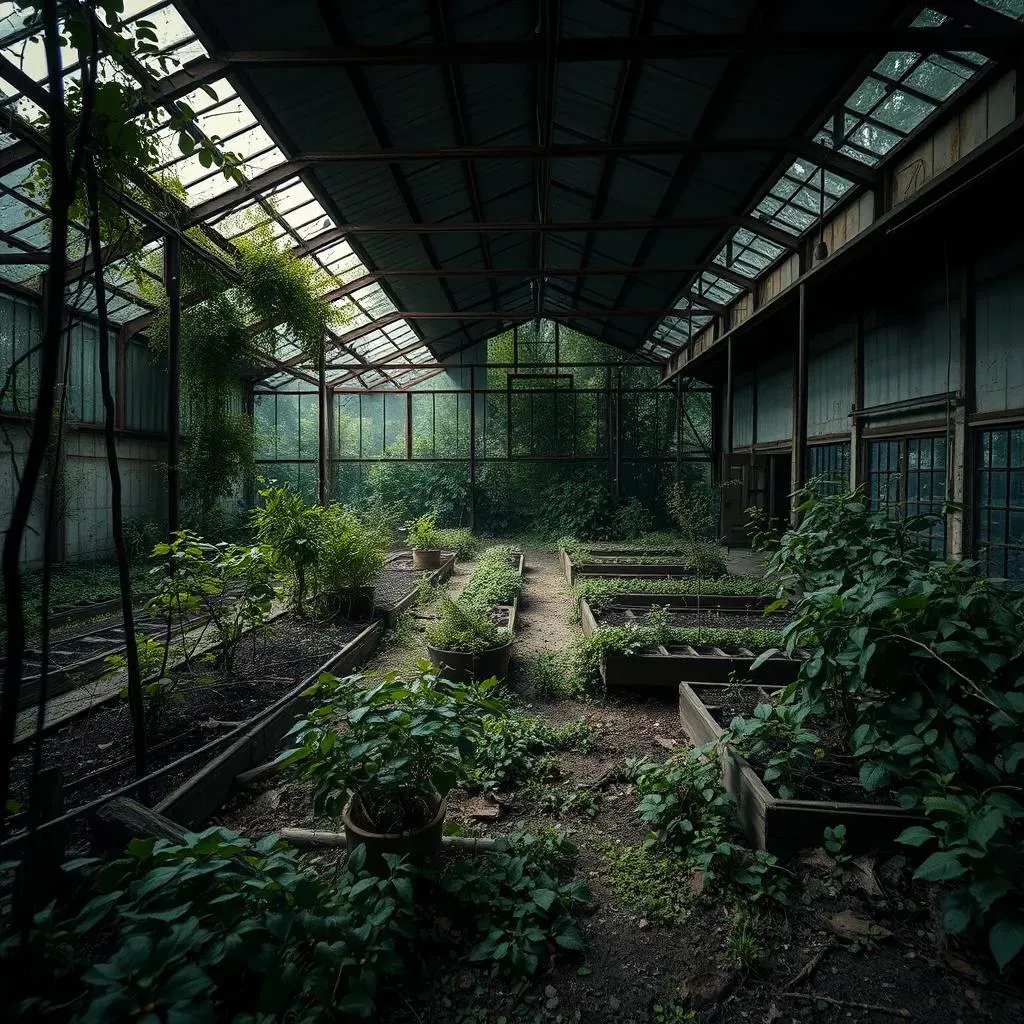Table of Contents
Have you ever wondered how a seemingly thriving business can suddenly face collapse? The story of 西島園芸団地 倒産 (Nishijima Gardening Complex Bankruptcy) is a stark example. This isn't just about a company closing its doors; it's a tale of ambition, missteps, and the ripple effects felt throughout a community. This article will guide you through the key events that led to the 西島園芸団地's downfall, examining the factors that contributed to its bankruptcy, and exploring how this event impacted those connected to it. We'll also consider what lessons we can learn from this situation. Get ready to understand the full story, as we break down the complexities behind this business failure and what it means for the future. Let's start this journey to uncover the truth behind the 西島園芸団地 倒産.
The Rise and Fall of 西島園芸団地

The Rise and Fall of 西島園芸団地
西島園芸団地 wasn't always a story of financial woes; it had a beginning filled with promise. Imagine a place bursting with vibrant flowers, lush greenery, and the buzz of happy customers—that was the initial vision. It started as a local venture, a space for the community to connect with nature, offering a wide variety of plants, gardening supplies, and even some unique attractions. For a while, it was the go-to spot for gardening enthusiasts and families alike. This growth wasn't accidental. They tapped into something people wanted—a place of beauty and connection with the earth. It was more than just a business; it was a local landmark, a point of pride in the community. The rise of 西島園芸団地 is a reminder that knowing your audience and crafting something special can lead to success.
西島園芸団地 倒産: Key Factors

西島園芸団地 倒産: Key Factors
Market Shifts and Competition
So, what went wrong? Well, it wasn't just one thing, but a bunch of factors all hitting at once. Think of it like a plant that's getting too much water and not enough sun – it's a recipe for trouble. One major issue was the changing market. Big box stores started popping up, offering similar products at lower prices. These giants had the advantage of buying in bulk, something a local place like 西島園芸団地 just couldn't compete with. It's like trying to win a race when the other guy has a rocket and you're on a bicycle – tough odds.
Also, the customer's tastes started to shift. People were looking for more than just plants; they wanted an "experience," and 西島園芸団地, while charming, hadn't really upgraded to meet those demands. This is a classic case of not keeping up with the times, where a once-successful business didn't adapt to the evolving needs of its customers. It's a tough lesson for all of us: what works today might not work tomorrow.
Internal Management Problems
Beyond external pressures, there were internal cracks too. Reports suggest that management decisions weren't always the sharpest. There might have been overspending in some areas and underspending in others, leading to an imbalance. It’s like trying to bake a cake with too much sugar and not enough flour – things are going to go wrong. Plus, sometimes companies have a hard time changing their old ways of doing things, which can be a recipe for disaster in a fast-moving world.
Another factor was the lack of innovation. They stuck with what they knew, and while familiarity can be comforting, it can also lead to stagnation. The company needed fresh ideas, new marketing strategies, and a more modern approach to keep up with the competition. But without that, they simply became outdated. This is a common pitfall, where success can sometimes blind you to the need for change.
Factor | Description |
|---|---|
Market Competition | Big box stores offered lower prices. |
Changing Tastes | Customers wanted more than just plants. |
Management Issues | Poor financial decisions and lack of adaptation. |
Economic Downturn and Debt
And then there's the big one: the economic downturn. When people start tightening their belts, things like gardening can become less of a priority. People cut back on spending, and businesses like 西島園芸団地 felt the pinch. This downturn combined with existing debt made things even more difficult. Imagine trying to stay afloat in a sinking boat with a hole in the hull – you're fighting a losing battle. The debt became unmanageable, and the company simply couldn't keep its head above water. It's a reminder that even the most well-intentioned businesses are vulnerable to broader economic forces.
The combination of all these things – market changes, internal issues, and economic challenges – created a perfect storm that eventually led to the 西島園芸団地 倒産. It's a complex situation, not just one simple reason. It’s a good reminder that success is a fragile thing. You need to keep adapting, innovating, and running a tight ship. Otherwise, you may find yourself in a similar situation.
Impact of 西島園芸団地 倒産 on the Community

Impact of 西島園芸団地 倒産 on the Community
The Loss of a Local Landmark
The 西島園芸団地 wasn't just a business; it was a cornerstone of the community. Its closure left a void that went beyond simple economics. Think about the people who used to meet there, the families who spent weekends browsing the plants, and the local gardeners who relied on it for supplies. For many, it was more than a store; it was a place of connection, a local landmark. The bankruptcy meant that the community lost a familiar gathering spot, a place that held memories and traditions. It's like losing a piece of your neighborhood's identity, and that's not something that's easily replaced. The impact was felt on a personal level, making the closure particularly painful for many.
Economic and Social Ripple Effects
The financial impact of the 西島園芸団地 倒産 was also significant. Local suppliers, who depended on the complex for business, felt the pinch. Those who worked there lost their jobs. This created a ripple effect, causing a downturn in the local economy. It was like a domino effect, where one closure led to more challenges for the surrounding businesses. It also affected the local social fabric. The sense of community was diminished, and the loss of a place where people could gather and interact had a tangible impact on the social well-being of the area. The bankruptcy served as a reminder of how interconnected local economies and communities are, and how the loss of one business can have such far-reaching consequences.
Impact Area | Description |
|---|---|
Community Identity | Loss of a familiar gathering place and local landmark. |
Local Economy | Job losses and negative impact on suppliers. |
Social Fabric | Diminished sense of community and social interaction. |
Lessons Learned from the 西島園芸団地 Bankruptcy

Lessons Learned from the 西島園芸団地 Bankruptcy
Adaptability is Key
The 西島園芸団地's story isn't just a sad tale; it's a valuable lesson in adaptability. Businesses, like living things, need to evolve to survive. The complex failed to keep pace with changing customer preferences and market dynamics. They stuck to what they knew, and that's a dangerous game when the world around you is shifting. What was popular yesterday might not be what people want tomorrow. This bankruptcy highlights how crucial it is to constantly assess your business model, your products, and your customer base. Are you keeping up with the latest trends? Are you listening to what your customers are actually saying? If not, you might be heading down the same path.
It's like being a plant – if you don't adapt to the changing seasons, you're going to wither and die. Businesses need to be just as flexible. They need to be willing to try new things, experiment with new ideas, and even make radical changes when necessary. Sticking to the status quo might feel safe, but in reality, it's often the riskiest move you can make. The 西島園芸団地's story is a clear example of what happens when a business fails to adapt to change, and it's a lesson we all need to take to heart.
The Importance of Financial Prudence and Innovation
Beyond adaptability, the 西島園芸団地's downfall underscores the importance of sound financial management. It's not enough to have a great idea; you also need to be smart with your money. Overspending, poor investments, and unmanageable debt can all cripple a business, no matter how popular it once was. It's like a leaky faucet – a small drip might not seem like much, but over time it can drain your resources. The complex's failure highlights the need for careful budgeting, strategic financial planning, and a realistic assessment of your ability to take on debt. It’s a reminder that a business's financial health is just as important as its customer base and products.
Innovation is another crucial aspect highlighted by this case. The 西島園芸団地 became outdated. They failed to introduce new products, services, or marketing strategies. This led to stagnation and a loss of appeal. In today's fast-paced world, innovation isn't a luxury; it's a necessity. Businesses need to constantly be thinking about how they can improve, how they can offer something new, and how they can stay relevant. The complex's bankruptcy is a cautionary tale about what happens when you stop innovating – you get left behind. In short, a successful business needs to be both financially responsible and innovative. This is the takeaway from the 西島園芸団地 bankruptcy.
Lesson | Description |
|---|---|
Adaptability | Businesses must evolve with market trends and customer preferences. |
Financial Prudence | Sound financial management is essential for long-term sustainability. |
Innovation | Continuous improvement and new ideas are needed to stay relevant. |
The Final Chapter of 西島園芸団地
The 西島園芸団地 倒産 serves as a cautionary tale. It highlights the complex interplay of economic factors, management decisions, and community impact that can lead to a business's demise. While the closure marks an end, it also presents an opportunity for reflection. It's a chance to learn from past mistakes and strive for more sustainable and resilient practices in the future. The story of 西島園芸団地, though ending in bankruptcy, leaves behind valuable lessons for businesses and communities alike. It reminds us that success isn't guaranteed and that adaptability and sound planning are crucial for long-term survival.
